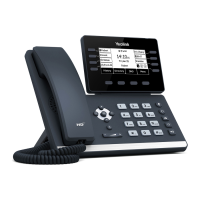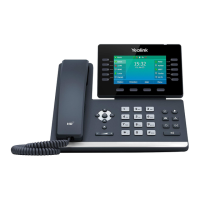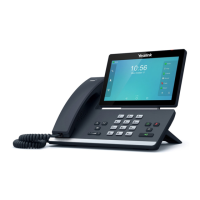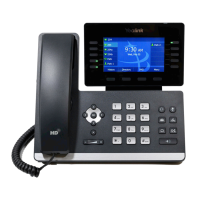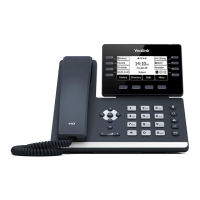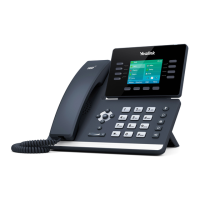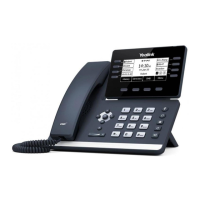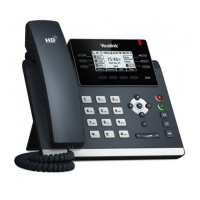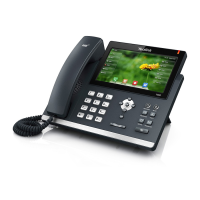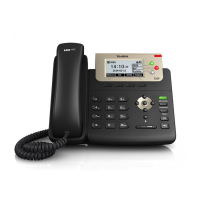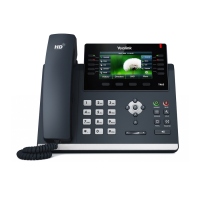Configuring Basic Features
469
Call Transfer
Call transfer enables IP phones to transfer an existing call to a third party. For example, if party
A is in an active call with party B, party A can transfer this call to party C (the third party). Then,
party B will begin a new call with party C and party A will disconnect.
IP phones support call transfer using the REFER method specified in RFC 3515 and offer three
types of transfer:
Blind Transfer -- Transfer a call directly to another party without consulting. Blind transfer
is implemented by a simple REFER method without Replaces in the Refer-To header.
Semi-attended Transfer -- Transfer a call after hearing the ringback tone. Semi-attended
transfer is implemented by a REFER method with Replaces in the Refer-To header.
Attended Transfer (Consultative Transfer) -- Transfer a call with prior consulting.
Attended transfer is implemented by a REFER method with Replaces in the Refer-To
header.
Normally, call transfer is completed by pressing the transfer key. Blind transfer on hook and
attended transfer on hook features allow the IP phone to complete the transfer through on-
hook.
When a user performs a semi-attended transfer, semi-attended transfer feature determines
whether to display the prompt "n New Missed Call(s)" ("n" indicates the number of the missed
calls) on the destination party’s phone LCD screen.
Procedure
Call transfer can be configured using the following methods.
Specify whether to complete the
transfer through on-hook.
Parameters:
transfer.blind_tran_on_hook_enable
transfer.on_hook_trans_enable
Specify whether to complete the
transfer through on-hook.
Configure semi-attended transfer
feature.
Navigate to:
http://<phoneIPAddress>/servlet?p=f
eatures-transfer&q=load
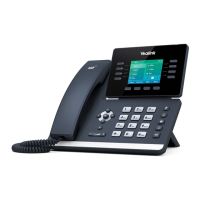
